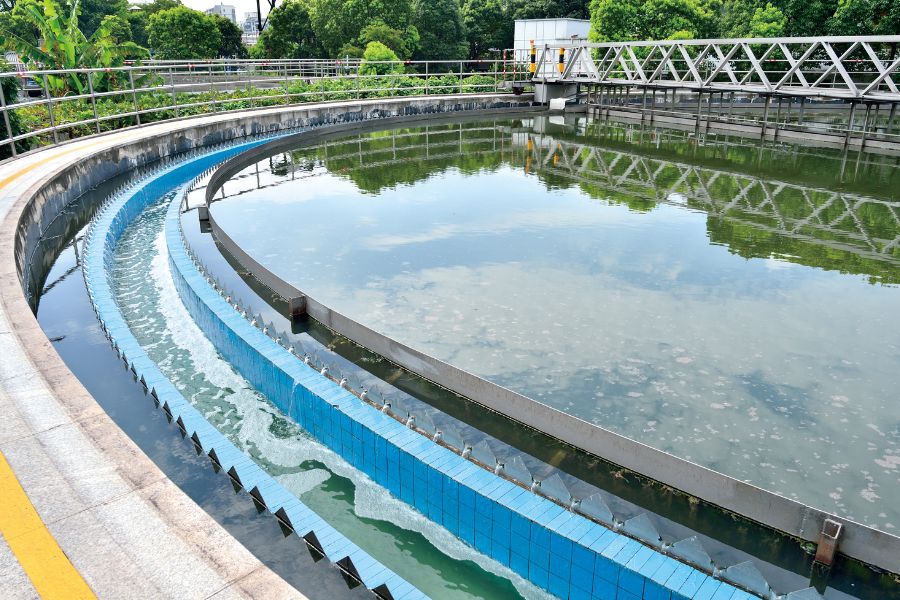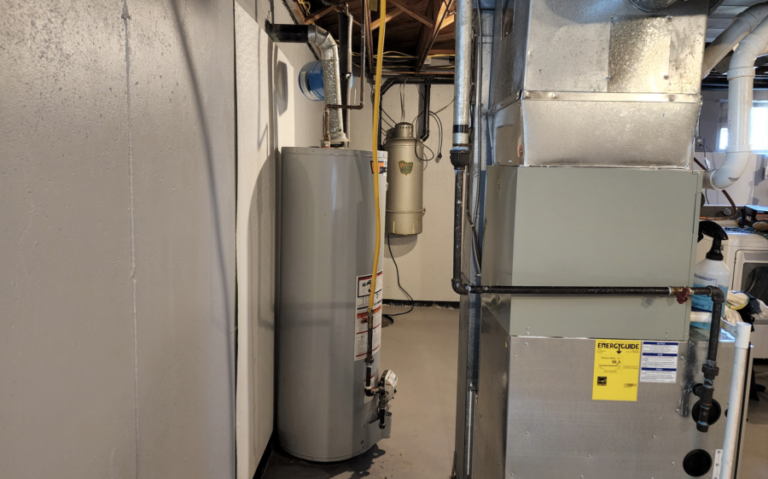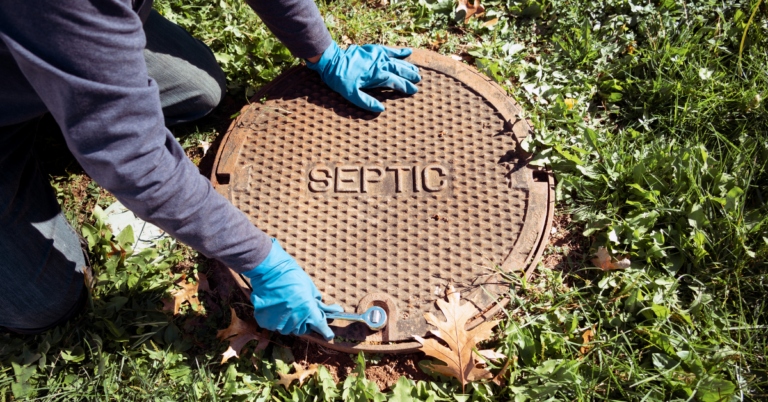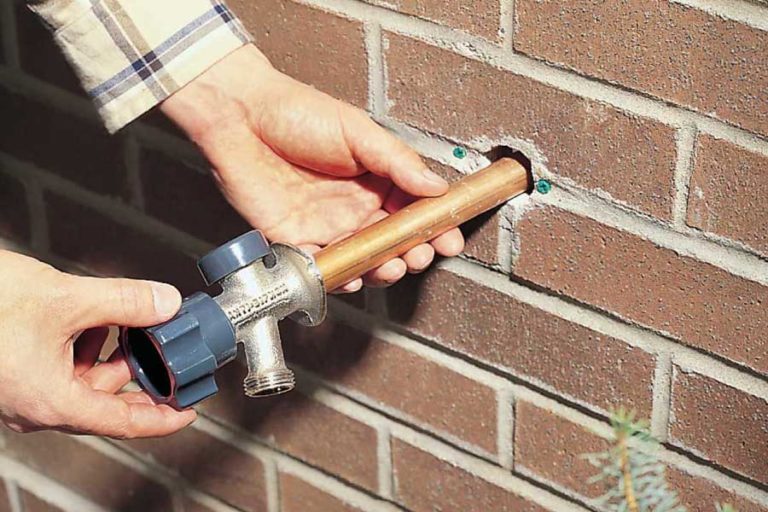Water Technologies (Why Are They Important?)
Water treatment is so important to our environment and to our health. Water technologies are essential because these are what create clean, consumable water for us. Without technologies like this, different contaminants and bacteria would not be able to be filtered from the water we need in order to live a healthy life.
Information on the basics of water treatment, different processes, and the water technologies involved will help you better understand why this is important to society.
What is Water Treatment?
Water treatment ensures a clean water supply to us when we need it (which is really all the time). The use of water technologies really never stops!
Nearly all water sources require water treatment in order for the water to be consumable. This is because water that has already been used frequently presents a health risk. Water treatment consists of several stages. Each stage holds importance to the process of the water’s cleanliness.
Also, if you’d like to read deeper into water treatment and its importance, you can do that here. If you are more interested in the stages that it goes through, you can do that here.
Important Water Treatment Technologies
All of these technologies work together in order to completely purify the water that we use everyday. It’s important to know that coagulation, flocculation, and sedimentation are all of the processes that they use to remove different contaminants like solid waste, color, algae, and other microorganisms. More information on these specific processes you can find here.
Water Technologies: Why Each One is Important
Screens
Screens are in use as a part of water technologies because they remove things like debris, solids, and other material from the water when the water first enters the treatment plant. There are different screens that they use remove bigger or smaller material from the water.
Gravel Filters
Gravel filters are in use for things like waste and algae. A gravel filter is usually a rectangular tank that fills with graded gravel (4 to 30 mm). This filter is really interesting because the coarse gravel and the finer gravel have the opportunity to catch as much as possible while the water flows through.
Likewise, it is an effective part of the process. The solids just accumulate on the floor of the filter and the water continues to flow through to the next steps of the treatment process.
Slow Sand Filters
Turbidity, microorganisms, and algae can is removable from slow sand filters. This type of water technology is suitable for treatment of small supplies when sufficient land is available. Slow sand filters are typically tanks that contain sharp sand.
Fact
Did you know that turbidity is the cloudiness in water caused by large amounts of particles that are practically invisible to the naked eye? This is very similar to smoke in the air – you know it’s there but it can be hard to see. Turbidity is a key test of water quality.
Activated Carbon
This type of water technology is best for removing contaminants. In fact, this type of water technology contains in replaceable cartridges and a certain filter at the outlet of the cartridge to remove carbon fines from the treated water.
Aeration
Aeration is a process by which air circulates through the water and then vents the air outside. The air will cause dissolved gasses or other eruptive compounds to release from the water.
Aeration devices can vary. They can either have a simple open holding tank that allows dissolved gasses to diffuse into the atmosphere or a more complex aeration system that has a tower filled with packing material. This releases the gasses through the packing material as well.
Membrane Processes
There are quite a few membrane processes for water treatments that are in use. These include reverse osmosis, ultrafiltration, nanofiltration, and microfiltration. This process is important because it can remove things like pathogenic bacteria, human viruses, and more from our water.
UV Water Treatment
UV water treatment is light that can be used to disinfect microorganisms in the water. This can be used for the primary or secondary disinfection technology of potable drinking water.
It is also able to destroy chemical contaminants such as pesticides, industrial solvents, and pharmaceuticals through UV-oxidation.
Final Thoughts
In conclusion, water technologies hold importance in every step of the water treatment process. All of these different technologies help purify and filter our water in a way that makes it drinkable for us. Without these water technologies, we would not be able to have clean water. The cleanliness of our water is important because it can affect the environment and our health.
Call 1-Tom-Plumber
Don’t hesitate to contact us or call us at 1-Tom-Plumber (1-866-758-6237) if you’d like help with any plumbing, drain cleaning, water damage, or excavation service. We will immediately handle any emergency plumbing, drain, and water damage problem, including excavation of underground water lines and sewer main lines.







